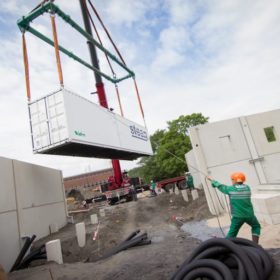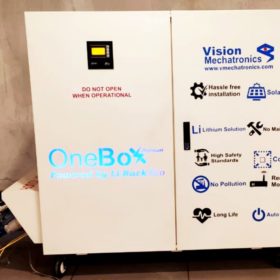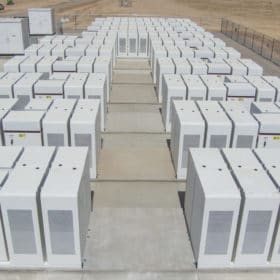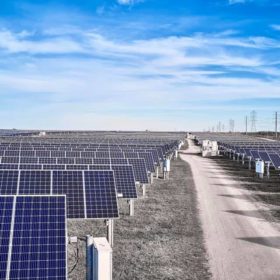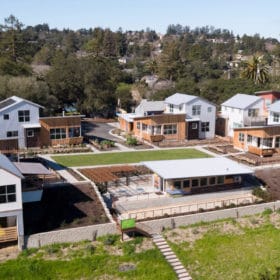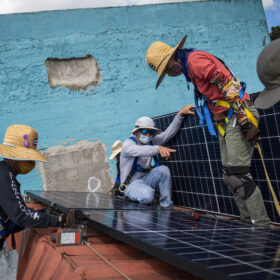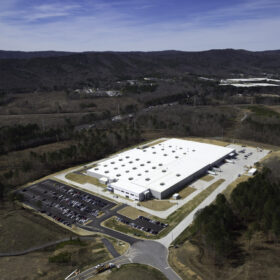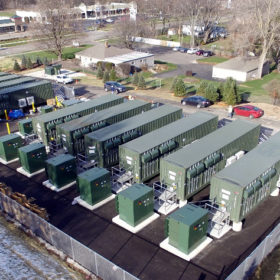Morning Brief: West Virginia legislature votes down bill to legalize solar PPAs, documentary on Alaskan PV microgrid
Also in the brief: Outback Power releases AC coupling feature for Skybox hybrid inverter, BP Solar customers can be compensated for faulty panels, Martha’s Vineyard considers 100% renewable by 2040, and more.
Morning Brief: Molten aluminum energy storage, Tesla looking for PV and storage project managers based in China
Also in the brief: Virginia Clean Economy Act, Utah’s residential solar future in the hands of its PSC and solar-powered irrigation in India
Morning brief: Blackstone buys energy storage developer, Spruce solar acquisition spree continues, PV on schools
Also in the brief: Why has the number of K-12 schools powered by solar doubled in just three years? $89M energy storage pilot starts work in France, plus — a mighty wind.
A plug-and-play solar-powered battery back-up solution for the home
The OneBox, from Indian manufacturer Vision Mechatronics, consists of a lithium battery, hybrid inverter and solar charge controller to give a ‘hassle-free’ solution for electricity back-up during power outages. Solar rooftop owners are offered a grid feed feature to maximize net metering income from any excess power generated.
Bushfire-affected South Australia homeowners to get free sonnen batteries
The state government has partnered with the German energy storage company to offer 188 families locally assembled sonnenBatteries as they rebuild their homes.
Morning Brief: PG&E’s massive Tesla battery proposal approved, NorthWestern Energy unfair to solar, wind and storage
Also in the brief: SolarEdge’s all-new Site Controller, America’s first successful solar town, students’ solar spring break brings solar to low-income families and more.
Morning Brief: GE completes first battery-assisted black start, Acciona to invest $4B in PV and wind
Also in the brief: A great month for solar in Oahu, Connecticut’s two biggest electric utilities are “dragging their feet” on shared solar, and Ørsted in Rhode Island.
Energy storage projects reach ‘investment-grade’ with esVolta’s $140 million debt facility
It’s not the next lithium-ion battery breakthrough that’s going to accelerate the energy storage industry. It’s not the next inflated promise from a flow battery startup, compressed-air scheme, solid-state battery research project or energy storage dream funded by Bill Gates.
Hardware and Services Brief: 72-cell heterojunction, fuzz and buzz, Tesla making its own battery cells, more!
PV InfoLink sees some multi-silicon module pricing increases, Array Technologies’ new clip lets First Solar install a module every 11 seconds and DNV GL has launched a global solar production projection tool. Send your hardware and services to USA-Editors@pv-magazine.com
How zinc-air battery capacity might reach a cost of $45/kWh
Zinc8 revealed some of the details of its long-term energy storage product, including its pricing structure and the science that makes its technology possible.


